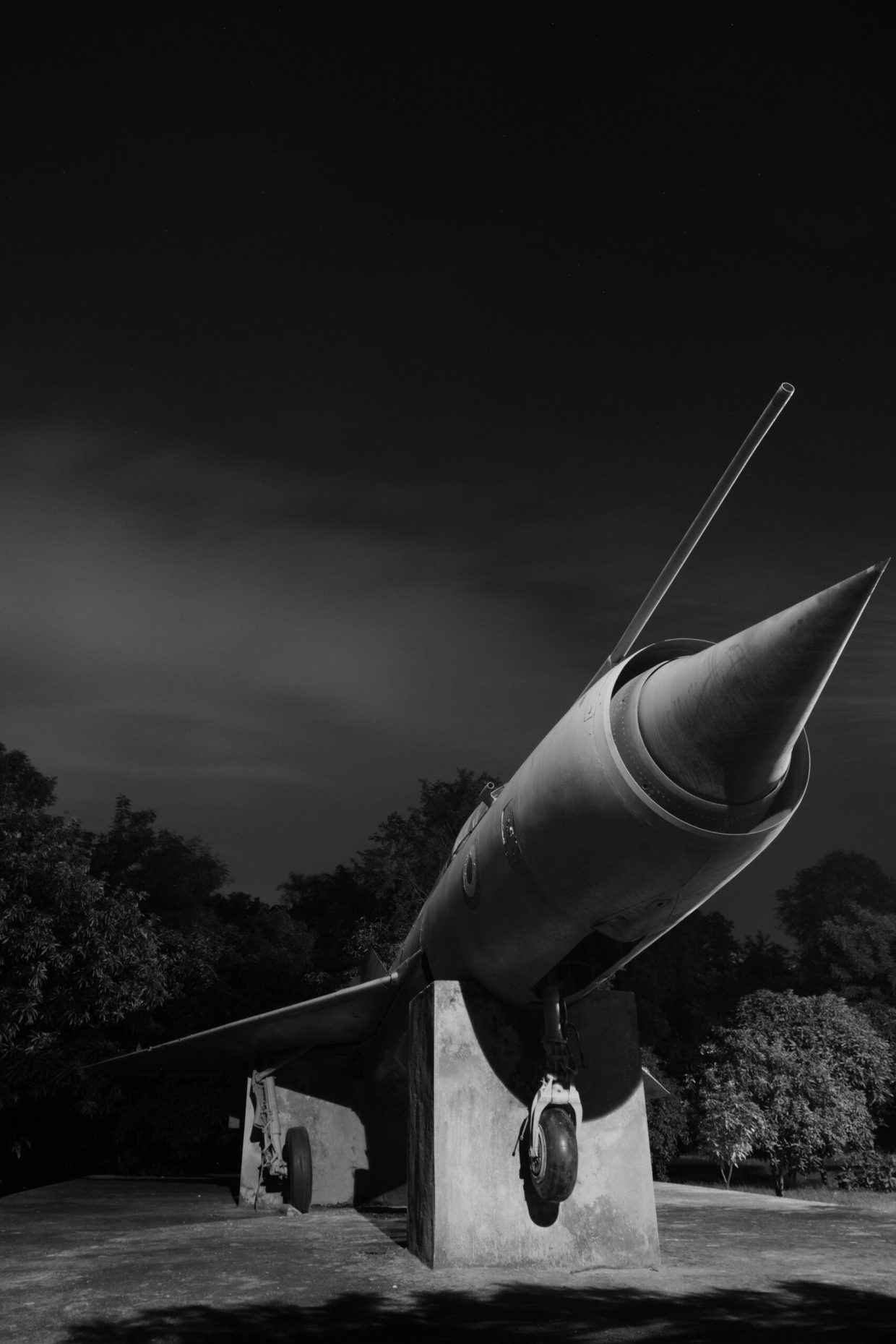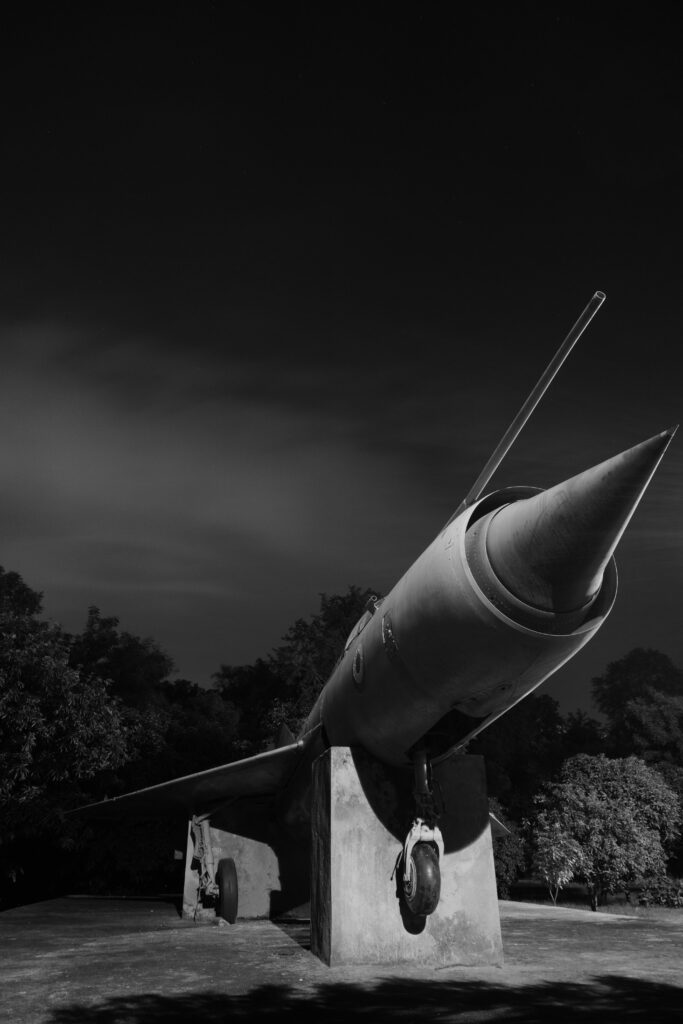Nuclear weapons have fundamentally shaped the strategic landscape of international security since their inception in the mid-20th century. The technical evolution of these devices—from rudimentary fission-based bombs to sophisticated thermonuclear warheads—reflects continuous advancements in physics, engineering, and materials science. Beyond their destructive capability, nuclear weapons remain central to doctrines of strategic deterrence, underpinning the security postures of nuclear-armed states. In the contemporary era, modernization programs have revitalized nuclear arsenals with enhanced precision, survivability, and command-and-control systems, raising critical questions about stability and arms control. This article provides a comprehensive analysis of the technical developments, strategic roles, and ongoing modernization efforts that define the current and future state of nuclear deterrence.
Table of Contents
- Technical Advances in Nuclear Weapon Design and Delivery Systems
- Strategic Deterrence Theory and Its Role in Global Security Architecture
- Challenges and Implications of Nuclear Modernization Programs
- Policy Recommendations for Arms Control and Risk Reduction Measures
- Future Outlook
Technical Advances in Nuclear Weapon Design and Delivery Systems
Over the decades, nuclear weapon technology has undergone profound transformations, significantly enhancing both the efficiency and lethality of warheads. Key innovations include the miniaturization of nuclear cores which has enabled the development of lighter, more compact warheads suitable for advanced delivery platforms. Advances in fusion boosting and staged thermonuclear designs have dramatically increased yield-to-weight ratios, allowing for scalable destructive power. Additionally, modern warheads incorporate sophisticated hardened electronics and fail-safe mechanisms, ensuring functionality amidst extreme battlefield conditions and countermeasures. These technological strides reflect deep integration of computational modeling, materials science, and precision engineering.
Simultaneously, delivery mechanisms have evolved to maximize strategic reach and survivability. Intercontinental ballistic missiles (ICBMs) now feature Multiple Independently Targetable Reentry Vehicles (MIRVs), capable of striking dispersed targets with a single launch, complicating missile defense interception. Submarine-launched ballistic missiles (SLBMs) have been enhanced for stealth and extended range, vital for second-strike capability undersea. Cruise missiles have benefited from advances in guidance systems, utilizing terrain contour matching, inertial navigation, and GPS integration to achieve pinpoint accuracy over thousands of kilometers. The ongoing modernization of these systems reflects a continuous effort to maintain credible deterrence in an era defined by rapid technological progress and complex geopolitical challenges.
- Miniaturization and yield optimization for adaptable warhead design
- Robust electronic safeties to prevent unauthorized detonation
- MIRV technology for multipoint target engagement
- Advanced guidance systems enhancing missile precision
- Submarine stealth capabilities ensuring survivable deterrent forces
Strategic Deterrence Theory and Its Role in Global Security Architecture
Strategic deterrence theory operates on the premise that the possession and credible threat of nuclear weapons prevent adversaries from initiating conflict, particularly on a large scale. This delicate balance relies heavily on the principles of mutually assured destruction (MAD), ensuring that any nuclear aggression would result in devastating retaliation, thereby maintaining stability through fear of unacceptable losses. The doctrine necessitates a sophisticated integration of command, control, communication, and intelligence (C3I) systems to uphold a credible and survivable nuclear posture capable of both second-strike capabilities and rapid response.
Within the global security architecture, these deterrence mechanisms have evolved beyond simple bilateral frameworks to encompass complex multilateral dimensions. Key elements include:
- Extended deterrence: Allies rely on the nuclear umbrella of nuclear-armed states to deter third-party threats.
- Arms control agreements: Treaties such as New START and the Non-Proliferation Treaty (NPT) aim to regulate nuclear arsenals and reduce proliferation risks.
- Technological modernization: Upgrading nuclear forces ensures credible deterrence amidst evolving threats and advancements in missile defense and cyber capabilities.
In this intricate web of deterrence, technological evolution continuously shapes strategic stability, demanding constant recalibration of policies to prevent escalation, miscalculation, or arms races in an increasingly multipolar world.
Challenges and Implications of Nuclear Modernization Programs
The drive to modernize nuclear arsenals introduces a multifaceted set of technical and strategic challenges that reverberate across global security architectures. Upgrading warheads, delivery systems, and command-and-control infrastructures requires integration of cutting-edge technologies such as hypersonic glide vehicles, advanced guidance systems, and AI-enabled launch protocols. These advancements necessitate rigorous validation processes to ensure operational reliability while mitigating risks of accidental detonation or unauthorized launches. Furthermore, the evolving complexity of nuclear arsenals strains existing arms control frameworks, testing their adaptability amidst rapid innovation cycles and diminishing transparency between rival states.
The implications extend beyond technical hurdles, presenting profound geopolitical and ethical considerations. Modernization programs often trigger regional arms races, perpetuating a security dilemma where defensive enhancements are perceived as offensive threats by adversaries. This dynamic undermines strategic stability and complicates diplomatic efforts aimed at non-proliferation. Key issues include:
- Escalation risks due to compressed decision windows enabled by faster delivery technologies.
- Resource allocation tensions as substantial investments prioritize nuclear modernization over conventional forces or social programs.
- Challenges in arms control verification arising from classified enhancements and dual-use technologies.
Therefore, comprehensive strategies balancing modernization with risk reduction measures remain critical to maintaining global nuclear equilibrium.
Policy Recommendations for Arms Control and Risk Reduction Measures
To effectively mitigate the existential threat posed by nuclear arsenals, a comprehensive framework emphasizing transparency and mutual accountability is imperative. States should actively pursue robust verification protocols backed by advanced sensing technologies to monitor compliance with arms control agreements. Incorporating real-time data sharing platforms can significantly reduce ambiguities that often lead to escalatory miscalculations. Furthermore, international collaboration to establish standardized risk assessment methodologies will enable more precise evaluation of emerging technological trends, such as hypersonic delivery systems and AI-driven command and control, thus informing adaptive treaty mechanisms.
In parallel, confidence-building measures are essential to foster strategic stability. These include:
- Regular bilateral and multilateral dialogue forums that enable open communication channels between nuclear-armed states.
- Implementation of no-first-use declarations coupled with transparent nuclear posture reviews to clarify doctrines and reduce perceived threats.
- Enhanced emergency notification systems to prevent accidental launches precipitated by false alarms or technical glitches.
Adopting these initiatives not only diminishes the risk of inadvertent confrontation but also lays the groundwork for progressive disarmament, thereby aligning technological advancement with global security imperatives.
Future Outlook
In conclusion, the technical evolution of nuclear weapons has been marked by significant advancements that have fundamentally altered the strategic calculus of deterrence. From the early fission devices to sophisticated thermonuclear warheads, improvements in yield, delivery mechanisms, and precision have continuously shaped global military doctrines. Strategic deterrence remains a pivotal component of international security frameworks, underscoring the importance of credible second-strike capabilities and robust command-and-control systems. At the same time, modernization efforts are critically focused on maintaining the reliability, safety, and effectiveness of nuclear arsenals in an evolving geopolitical landscape. As emerging technologies and shifting defense postures redefine strategic balances, ongoing analysis and transparent dialogue will be essential to managing risks associated with nuclear proliferation and ensuring long-term global stability.













